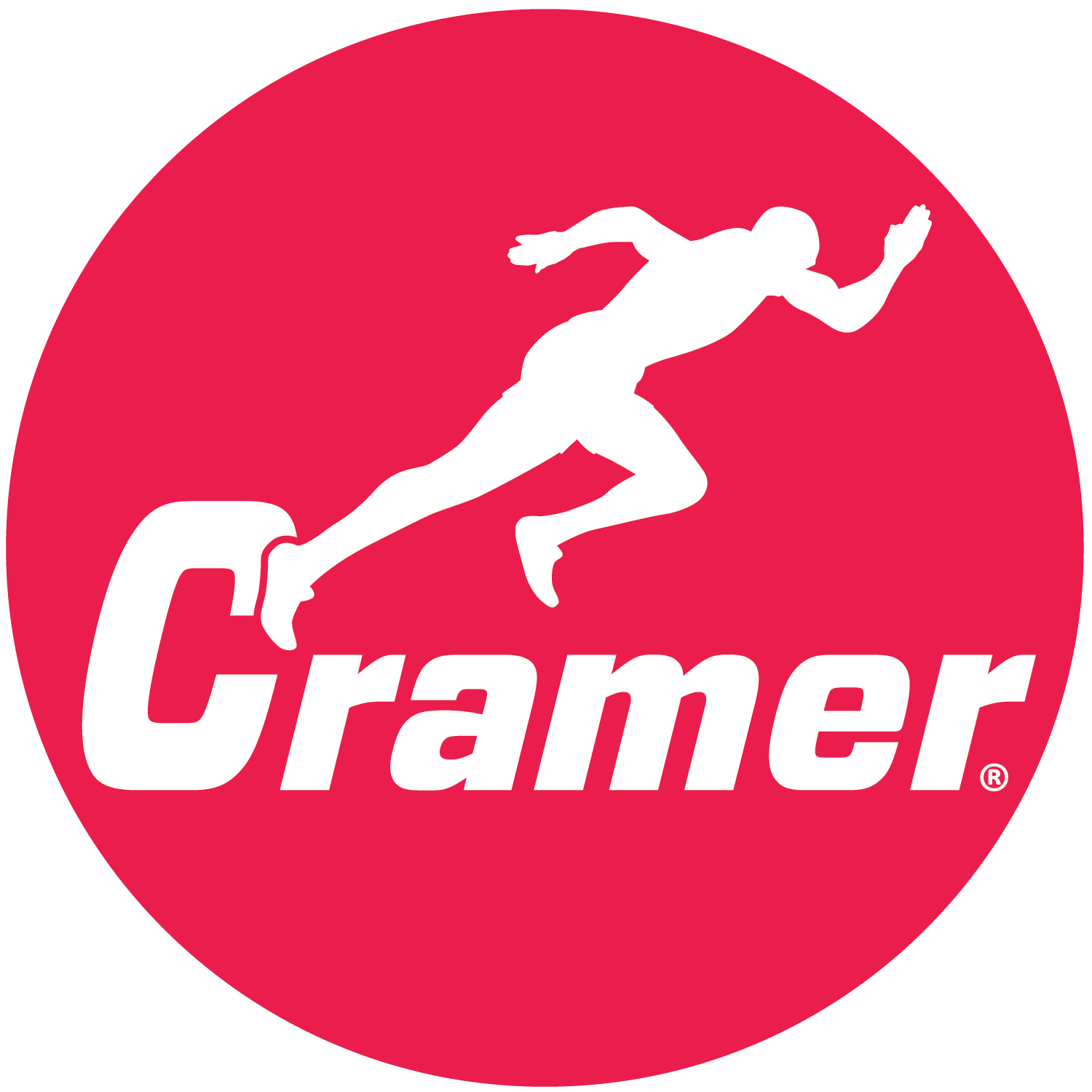
Congratulations to Nancy Burke, MS, LAT, ATC, on her retirement! Her last day of work as athletic trainer with the Fairfax County Police Department in Fairfax, Virginia, was Aug. 11. Nancy blazed several trails during her athletic training career, including the one that brought athletic training to local law enforcement. And by the way, this wasn’t Nancy’s first retirement…and it looks like it won't be her last. Read More
Part of your job, as a high school coach, is the proper care and treatment of the athletic injuries incurred by your athletes. In accepting the job of coaching sports you automatically accept the responsibility of prompt injury care for your boys.
Read More
Have you given Pro-Lastic Tear Stretch Tape a try? Pro-Lastic is Cramer’s heavyweight, non-adhesive cotton stretch tape that tears easily by hand. The consistent stretch of this tape ensures easy application and outstanding conformability to any joint or muscle. Read More
More than half of college football athletes participating in the 2015 NFL Combine had inadequate levels of vitamin D, and this left them more susceptible to muscle injuries, according to a study at New York City’s Hospital for Special Surgery (HSS). Read More
A new automated method of sports analytics, based on deep learning techniques, has been developed by researchers at Disney Research, California Institute of Technology, and STATS, a supplier of sports data. With the new method, detailed game data on player and ball positions is analyzed to create “ghost” models of how a typical player in a league or on another team would behave when an opponent is on the attack. It is then possible to visually compare what a team's players actually did during a defensive play versus what the ghost players would have done. Read More
